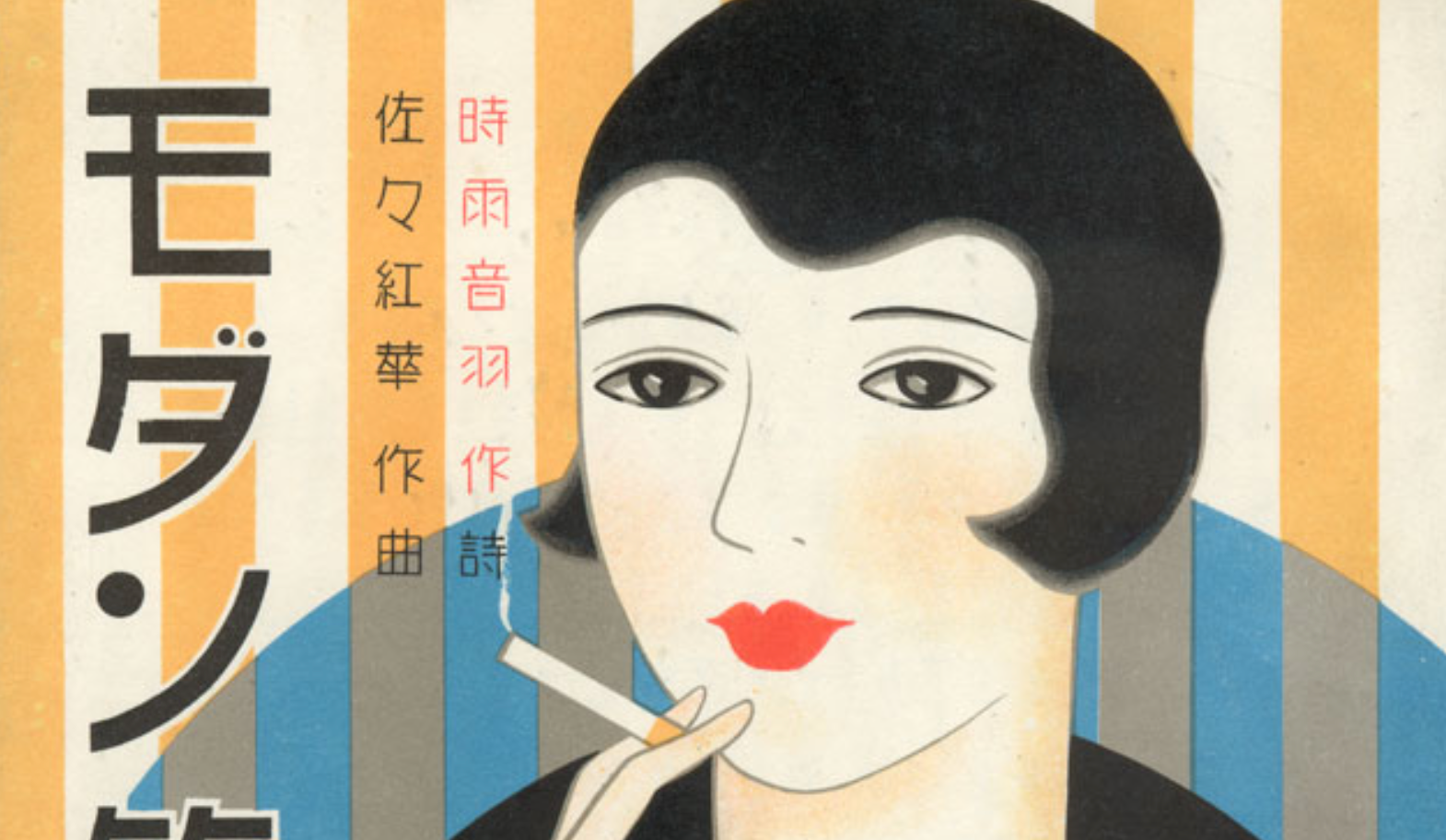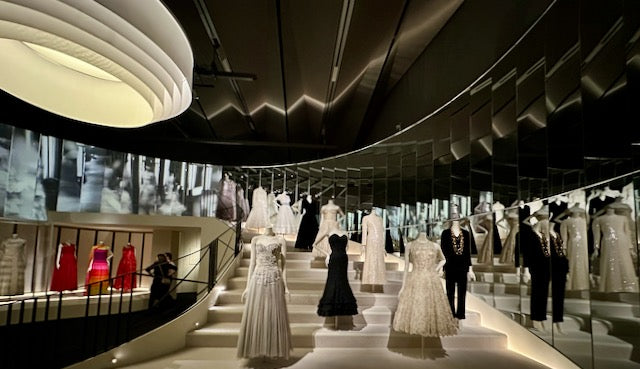In our previous newsletter, we delved into 'Japonisme', the late 19th to early 20th-century wave of Japanese influence on art and design. Later, Japan reciprocated, integrating Western art nouveaux and art deco elements into its art, architecture, and design between 1912-45.

Alphone Mucha's Art Nouveaux illustrations circa 1900
Czech artist Alphonse Mucha (1860-1939) left an indelible mark on Japanese graphic art. His Art Nouveaux illustrations and posters in the early 1900s, were redesigned for Japanese magazines.

Examples of modern manga illustrations influenced by Mucha
Mucha’s panels of full-length female portraits with flowing dresses and hair framed by haloes, continue to influence modern manga illustrations.

Imperial Hotel designed by Frank Lloyd Wright, 1923
Tokyo's metamorphosis into a modern city in the early 20th century is epitomized by the 1923 Imperial Hotel, designed by Frank Lloyd Wright and blending Japanese and modernist architecture.

Foyer of the Imperial Hotel preserved as a museum in Meiji Mura
Remarkably, the Imperial Palace Hotel opened on the same day as the devastating Great Kanto earthquake but stood firm, thanks to its earthquake proof 'floating' foundations. Although the original hotel was demolished in 1967, its lobby and reflection pool were rebuilt in Nagoya's Meiji Mura Museum.

Entrance Hall, Telen Art Museum with Lalique glass door panels
Tokyo’s Metropolitan Teien Art Museum, is an Art Deco time capsule. Built by Prince Asaka Yasuhiko, who toured Europe in the early 1920s and visited the world fair in Paris in 1925.

Henri Rapin’s magnificent Art Deco porcelain fountain, Telen Art Museum
On his return to Japan, Yasuhiko began planning an art deco inspired palace that was completed in 1933. After Japan’s surrender to the allies in 1945, the building was seized by the government, and today the residence remains almost unchanged, a museum devoted to art deco design.

Staircase, Telen Art Museum
Post-earthquake Tokyo saw an explosion of modern amenities and infrastructure, including dance halls, bars, cinemas, and enhanced transport systems. The 1920s-40s art deco influence is evident in various Japanese items from the Robert and Levy Levenson collection, from artwork to daily-use objects, an outline of which can be found here.

Tipsy, by Kobayakawa Kiyoshi 1930 - The Levenson Collection
The art deco Asakusa Station was inaugurated in 1927, and Japan's iconic bullet train development commenced in the late 1930s, underscored by stylish travel posters of the time.

Asakusa station, built 1927
The 1929 Hikawa Maru motor cruise ship, designed to sail between Yokohama and North America, showcased art deco interiors designed by Marc Simon. Retired in 1960, it's now a museum in Yokohama.

Salon of the Hikawa Maru ship, Yokohama, built 1929 (image courtesy decopix.com)
The Ginza Wako building in Tokyo, was completed in 1932 as the K Hattori Building, designed by Jin Watanabe and is one of the few buildings that survive after World War II.

Ginza Wako Building Tokyo, built 1932



